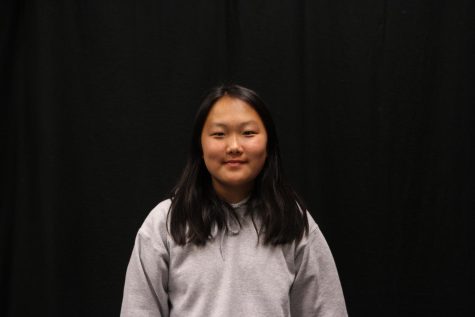Declining enrollment causes concern
Caution tape illustration by Emma Cionca, School illustration from Getty Images/iStockphoto
modern school buildings exterior, student city concept, elementary school facade urban street background, icon vector illustration
December 11, 2019
Declining residency in the Cupertino Union School District (CUSD) has lowered enrollment, leading school officials to consider new measures and possible elementary school closure. This has already had effects and may lead to large impacts in CUSD and FUHSD.
As the largest elementary school district in Northern California, CUSD has always faced enrollment issues, with some schools overflowing with students while others are struggling with enrollment. The Bay Area housing crisis has compounded this problem, with questions arising regarding student numbers at elementary schools such as John Muir, Dilworth, Meyerholz and Blue Hills.
Over the past few years, CUSD has tried to increase enrollment in several ways, none of which have significantly bolstered enrollment. Some included opening enrollment to students outside of the elementary school boundaries, adding transitional kindergarten classrooms to John Muir and Montclaire Elementary School and the “Dawn to Dusk” program, which provided a preschool and afterschool program, in hopes of attracting students. However, these programs have not significantly increased enrollment due to factors such as low demand and high operating costs.
Since becoming the CUSD superintendent in 2018, Dr. Craig Baker has worked with the District Board to propose 16 new enrollment solutions for the district, divided into three categories: “attract,” “reconfigure” and “consolidate.” Proposals under the “attract” category aim to draw in students by creating new programs and magnet schools, and opening enrollment to outside district boundaries. “Reconfiguring” entails schools going from Kindergarten through 8th grade, rather than the traditional K-6 and reforming boundaries to divert more students to schools that need increased enrollment. “Consolidating” means closing a school. Baker and the District Board have stated that all options are to be weighted equally.
Although declining enrollment is not a new issue, many community members were unaware of its reality until recent months. While there have been many committees to track enrollment and educate others on the topic, there has been a lack of advertisement of these organizations, causing many to remain oblivious to the situation. In an attempt to involve the people most affected by these changes in the decision-making process, Baker and the District Board have been holding board meetings at CUSD schools. These sudden meetings caused a sense of urgency and worry in the community, with parents voicing their concerns on online forums such as Whatsapp and Nextdoor.
Baker and the Board have not implemented any concrete plans, but have alluded to possible developments in the near future. It has been stated that nothing will be enacted until after the current school year, making now the time for discussion. But with the possibility of school closure hanging in the air, the question of how such an event would affect the community remains.
Liao and many others are arguing against school closure. At the Board Meeting held on Nov. 21 at Miller Middle School, many parents brought up their concerns about how closure would affect the community.
“This is where your kids go to learn and are supported by an amazing staff. For Muir, small is good, as kids can get individual attention and support,” Liao said. “As a parent, you also have a lot vested in the school, because of the giving of your time and money to support it. This is the place your family has built friendships and community. No one wants to see that go.”
There have been many solutions suggesting relocation rather than closure, such as filling schools with different students or a new program, such as a second Chinese Language Immersion Program (CLIP). CLIP involves a unique incorporation of Chinese culture at an American school and is very popular at Meyerholz.
“I think that John Muir’s enrollment rates are really low, and it would be more efficient to use the space for something else,” said former John Muir student Carolyn Li. “Replacing Muir with a CLIP-only program would maximize the productivity of the space, especially since so many people are being waitlisted for CLIP at Meyerholz.”
Nonetheless, it is unpredictable whether such measures would work, as the supply and demand of these programs may not play out as intended.
With this sudden rise of community involvement and communication with the district, a satisfactory solution for this enrollment crisis will hopefully arise in the near future.




























































